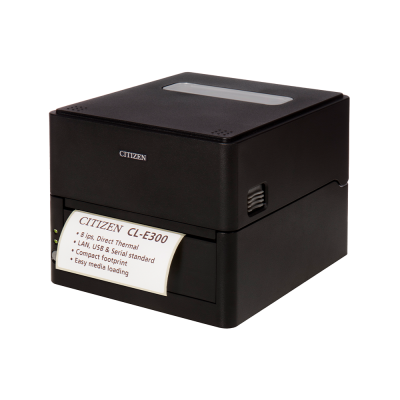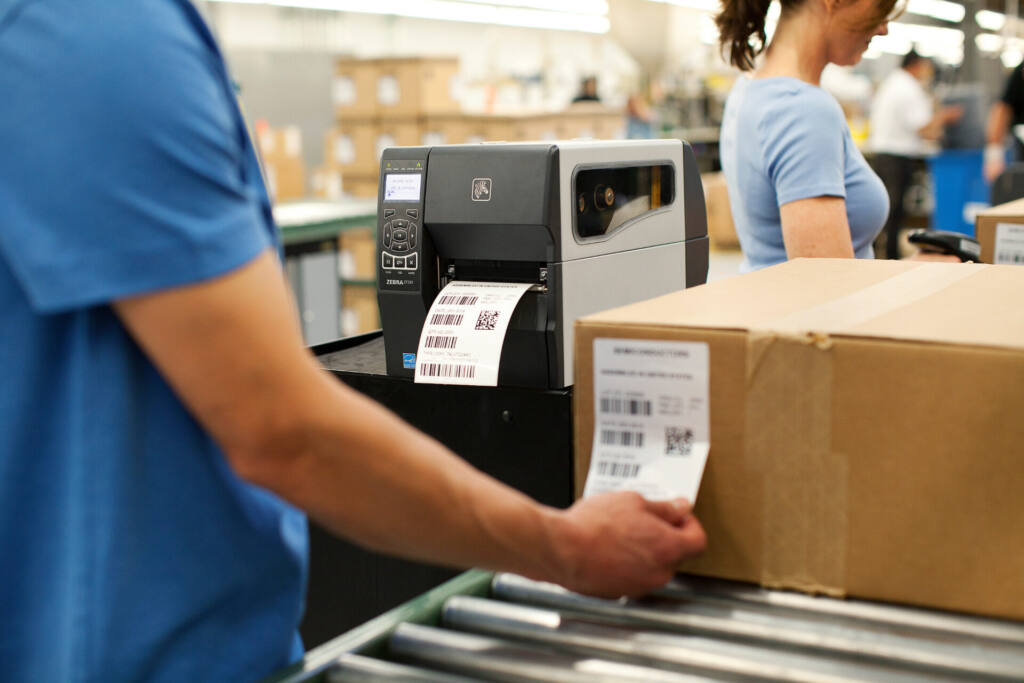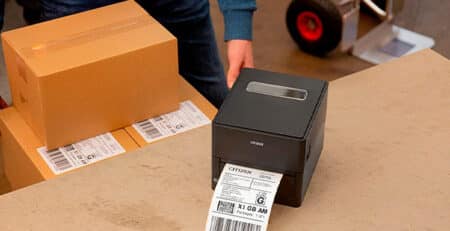How to choose the best label printer for freight and shipping

When freight and shipping is an integral part of everyday life, the choice of label printer is far more important than it might seem. An accurate and stable shipping label printer ensures that your labels print correctly – and that’s crucial when shipping orders without delays, errors or reprints.
Label requirements from carriers, compatibility with existing software and daily printing needs are just some of the elements that separate an effective solution from a frustrating one. The purpose of this guide is to give you an overview of how to choose a shipping label printer that matches your needs – whether you work in a small business or a large logistics setup.
Printer types and technologies – what suits your needs?
The choice of technology has a direct impact on both operating costs and label durability. Three main solutions dominate the market: inkjet, laser and thermal label printers. Each type works differently – and lends itself to different needs when it comes to freight and shipping.
Inkjet printers can be used for small-scale shipping labels, but they are slow and require expensive ink cartridges. Laser printers are faster and more reliable, but often take up a lot of space and are rarely designed for specialized formats. If the printer is primarily used for shipping labels, a thermal label printer is typically the most efficient solution. Here, labels are printed without the use of ink, either directly on heat-sensitive paper or via a ribbon, which reduces maintenance and eliminates dirt and smearing.
The technology you choose should reflect volume, environmental conditions and integration with your system. Print quality is important, but not isolated enough to make the decision alone – especially if the labels are to be used in high-frequency or industrial contexts.
Usage patterns and volume – how much should you print?
Daily printing needs are crucial when choosing the right label printer for freight and shipping. A solution suitable for a webshop with a few weekly orders will often be insufficient in a busy logistics department where printing is continuous in large batches.
The higher the volume, the more important it becomes to have a printer that is built to handle the load without frequent downtime. At the same time, opportunities for system integration – for example with platform-based solutions such as Shipmondo – become a practical advantage. Especially if you want to automate workflows where labels are printed when orders are placed.
Here are some typical usage scenarios:
- Private or hobby use: Low volume, need for easy setup.
- Office or small webshop: Moderate volume, flexibility and space saving are key.
- Warehouse and logistics: High volume, robustness and reliability are essential.
- Mobile use: Need for flexible placement, e.g. in a car or on a storage cart.
Understanding your printing patterns will help you avoid both overbuying and frustration with capacity constraints.
Operating costs and maintenance – think long term
Once the printer is up and running, the ongoing costs start to add up. This includes consumables such as label rolls and ribbons, but also the cost of maintenance and replacing worn parts. This is where thermal printers differ from the alternatives by eliminating the need for ink or toner, making them more stable for longer periods without intervention.
In addition to material consumption, you should consider how often the printer requires calibration, cleaning or manual adjustment. For businesses with high print frequency, this can have a direct impact on reliability and overall time savings. By prioritizing low-maintenance solutions and consumption-optimized components, you can minimize unplanned downtime and reduce overall costs over time.
Ultimately, the choice of label printer for freight and shipping should not only be based on price or specifications – but on an assessment of the entire operational picture over the lifetime of the printer.









